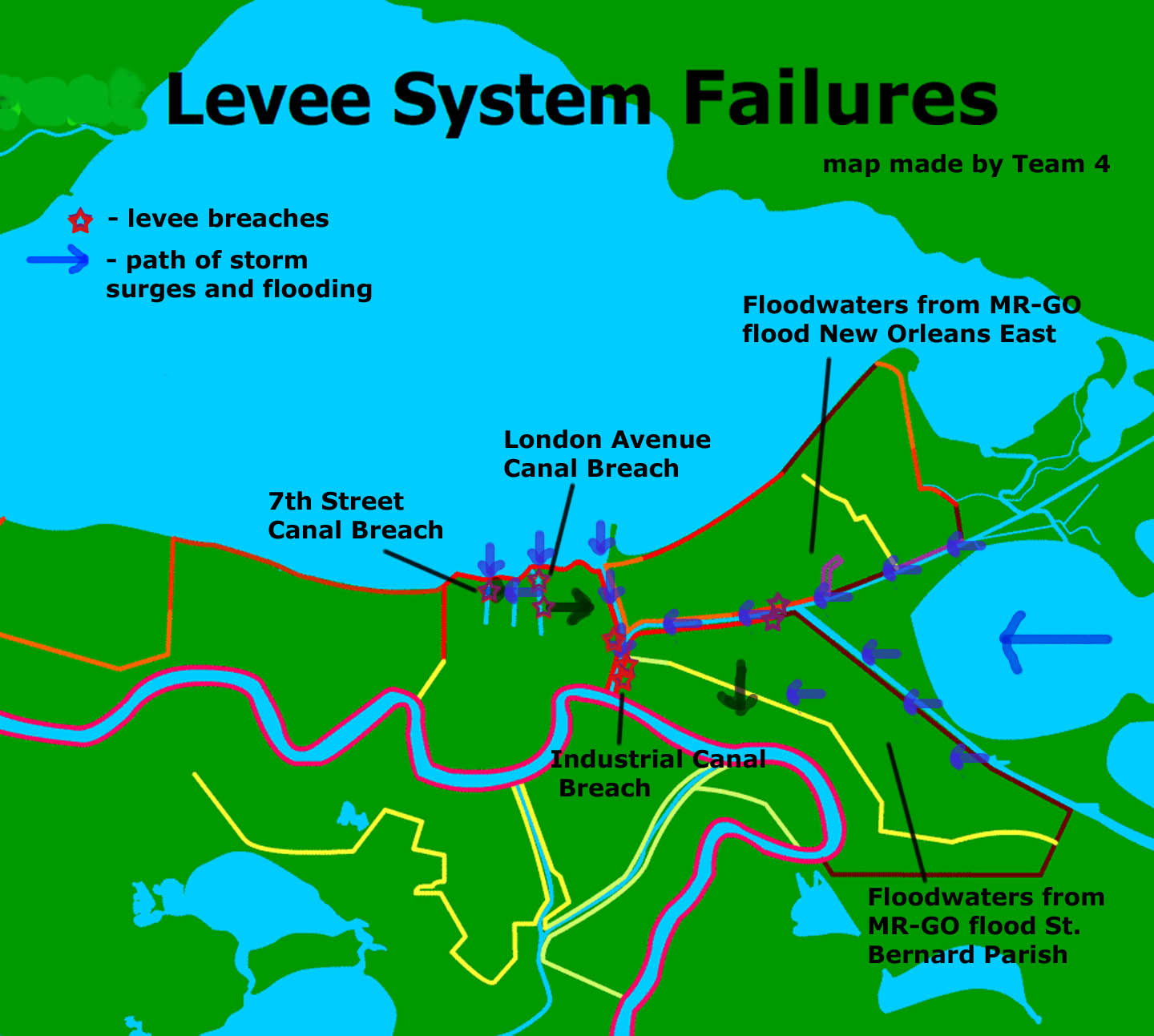There's Good News & There's Bad News
 The bad news:
The bad news:The Times reports that the levees protecting East St. Louis failed key tests. Hence,
[T]he area will be judged as if it is in an unprotected flood plain, officials said, and that in turn can have a powerful effect on housing costs, economic development and insurance rates.East St. Louis is the Illinois version of the Ninth Ward -- almost a 100% African American, 30% of the population below the poverty line.
The assessment of those five levees is part of a nationwide effort to update flood maps, incorporating lessons learned from the flooding brought by Hurricane Katrina, said Terry Reuss Fell, regional chief of FEMA’s floodplain management and insurance branch.
The good news
At least if we can trust the Corps' assurances, New Orleans will receive much better flood protection in the future. The Times-Picayune reports:
When the Army Corps of Engineers completes construction of a new flood protection system in 2011, vast areas within the new protection system will see dramatically reduced flooding risks, according to new maps released Wednesday.Here's the map, if you're interested:
The risk maps, which factor in levee and floodgate improvements designed to protect New Orleans from a 100-year hurricane -- about the strength of Hurricane Rita -- show broad swaths of dry land in areas that corps officials believe would flood if a similar storm hit the current levee system. Further, the new projections show the system would hold up well even in a much stronger, 500-year storm, one substantially stronger than Hurricane Katrina.
Corps officials also announced that completion of the upgrades, combined with drainage improvements, will require an additional $7.6 billion, most of which the Bush administration plans to seek from Congress.

I have to report, however, that some of my engineering friends are inclined to think that the Corps' risk analysis is too optimistic.












0 Comments:
Post a Comment
<< Home